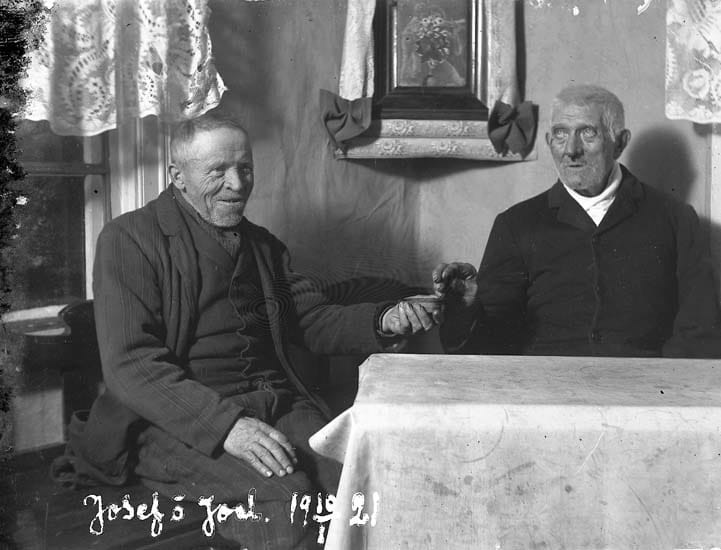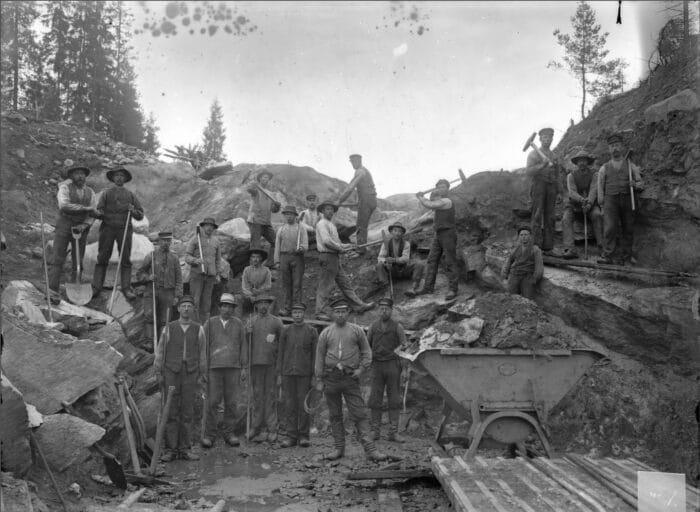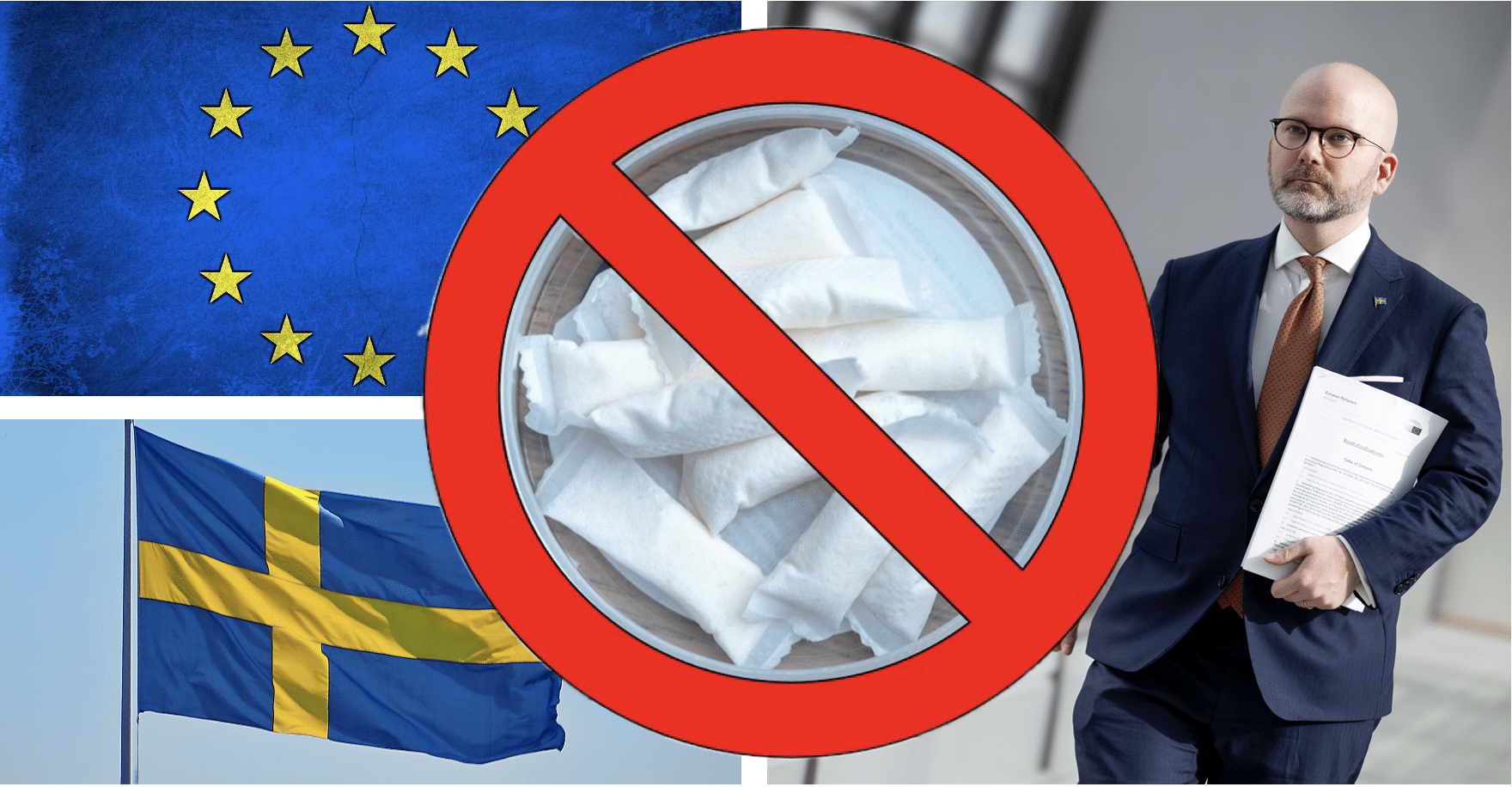
Snus culture history: royal courts to working hands
What is the history of snus culture? Snusforum spoke to Johanna Tengblad, Snus and Match Museum’s coordinator, in Stockholm, to understand how it went from a royal luxury to an everyday staple for Sweden’s working class.
“Snus was more than just tobacco. It was looked upon as an affordable luxury, a quick break during work, and a quiet acknowledgment of shared experiences among workers,” Johanna Tengblad, explains as she talks about how snus became deeply ingrained with Swedish culture in the 1800s. She is the museum coordinator at the Snus and Match Museum in Stockholm.
The history of snus goes back more than 500 years to the days of Christopher Columbus. Since the 1800s snus has been the subject of many attempts by policymakers and activists to enact various bans over the last two centuries. Snus exploded in popularity in the 1970s Sweden when portion snus was invented. But how did snus become a daily staple for the working class during Sweden’s societal changes in the 1800s?
A Simple Luxury with a Rich Cultural History
In the 1800s, as Europe faced societal upheavals, a subtle but impactful change was unfolding in Sweden. Snus, a moist tobacco product, was quietly becoming a part of the working class’s daily life, offering small moments of relief in a nation undergoing a transformation as cities became more industrialized.
Once an elite luxury, snus found a new role among the working class as Sweden shifted from farming landscapes to busy industrial centers. As people moved to cities, they looked for a tobacco that fit their new, busy lifestyle.
Snus in Everyday Life
Snus was discreet, enjoyable on the job, and didn’t demand the special breaks or settings that smoking pipes did. From the 1800s to the 1830s, snus became deeply integrated into many workers’ daily lives. “We used to cultivate a significant amount of tobacco here in Sweden,” she notes, suggesting that strong local production may have helped its widespread use.
Interestingly, during this time, the production of snus saw a substantial increase, with only 95 tonnes produced in 1800 growing to a staggering 3,218 tonnes by 1880. This surge in production reflected the growing popularity of snus among the working class, further cementing its role as a practical and accessible pleasure for laborers.

The Social Fabric of Snus – A Part of the Culture
In 19th-century Sweden, snus was a staple in social scenes, particularly among farmworkers in rural communities. Picture this: after a day’s work, they would gather around a wooden table, sipping drinks, discussing their day, and sharing snus. This act of offering snus to others, a tradition dating back to the 1700s, was significant in their social interactions. Johanna Tengblad notes, “When one person took a pinch of snus, they offered the person closest to them to take one as well.”
Snus in Popular Culture
Snus was deeply rooted in Swedish working-class culture, inspiring songs and competitions. Johanna mentions many old songs and verses about snus, or beloved ‘prilla’. These cultural elements show how snus was a key part of daily life, social interactions, and even secret messages.

Your Snus Culture Stories – Be a Part of History
Sweden’s snus culture history traces its journey from a royal luxury to a worker’s staple, also closely tied to friendship and the identity of people. Beyond enjoyment, it’s woven into breaks, events, and is captured in songs, reflecting Sweden’s societal changes at the time.
We’ve shared these past tales with you, and now it’s your turn. We invite you to add your own stories to the rich history of snus, linking the past and the present. You can email us at info@snusformet.se.
What’s Next?
Up next in Part 2 of ‘Snus Culture History’: a deeper look at gender norms and societal expectations in the 1800s, exploring how snus fit into these dynamics.




